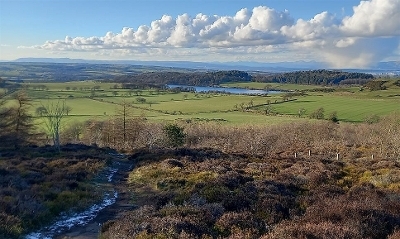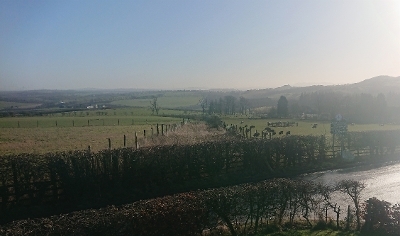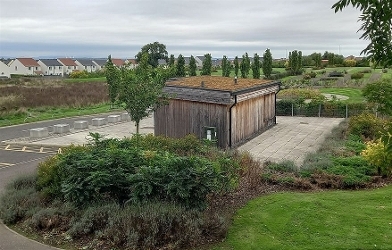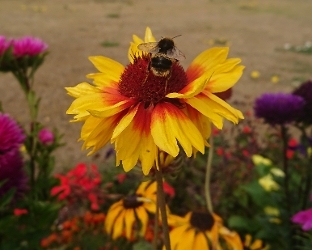Biodiversity in West Lothian
Protecting, connecting, conserving and enhancing biodiversity throughout the area, whether rural or urban, is important for the health of our environment, wildlife and our communities.

From habitat mapping carried out in 2022, we know that grassland habitats cover the largest area of land in West Lothian (including farmland). Other habitats in the landscape include a variety of woodland types including many Ancient Woodlands, old industrial bings and quarries often with unique flora and fauna, the waterways of the Rivers Almond and Avon and the peatlands of Blawhorn, Easter Inch and Black Moss.
Due to expanding populations in the Central Belt of Scotland, urbanisation, transport, pollution and the human demand for natural resources that all these bring, there are many pressures on our habitats. Maintaining diversity and quality of habitats and protecting vulnerable species throughout the area, whether rural or urban, is important for the health of our environment, wildlife and our communities.
Ecology and Biodiversity Team
West Lothian Council has an Ecology and Biodiversity Team to help the council locally address the global nature crisis. This team is responsible for creating and delivering policy and plans relating to biodiversity and climate change, implementing biodiversity enhancement projects, facilitating community engagement and inputting into the council's planning process - ensuring that biodiversity is taken into account, from the strategic Local Development Plan to individual planning applications.
Contact us
The Ecology and Biodiversity team can be contacted at Ecology&Biodiversity@westlothian.gov.uk (opens new window)






